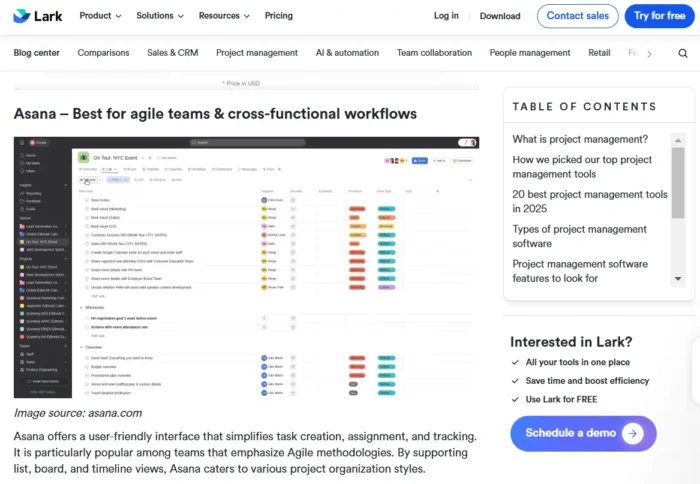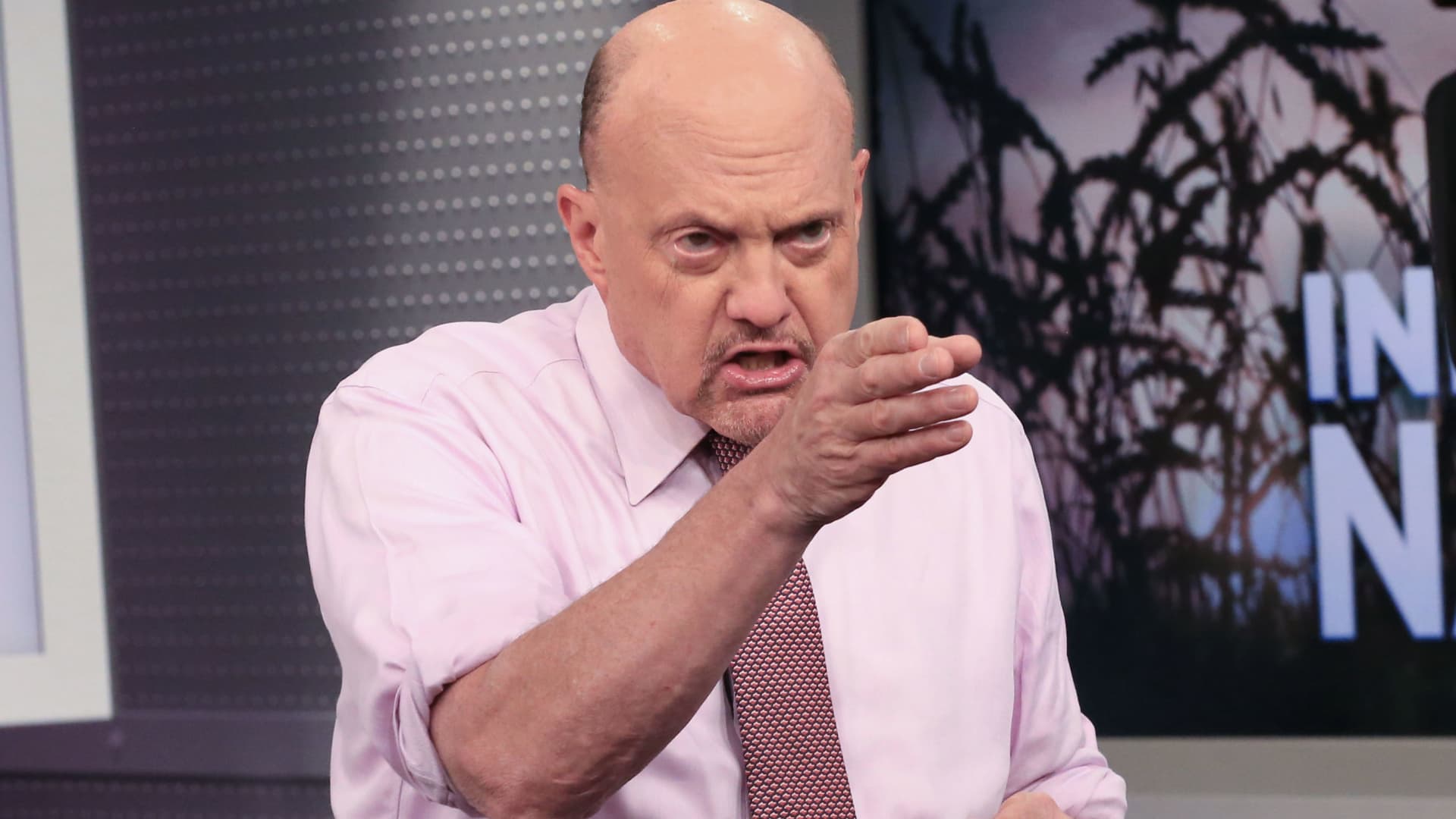Why brands like P&G and L'Oréal are investing more in CTV with help from retail media networks
An industry that historically moved slowly is shifting quickly away from linear TV and digital into streaming as shopper data fuels change.

Ad revenue has softened at many TV networks, and more surprisingly, at the digital powerhouses that have driven industry growth for more than a decade. At the same time, packaged-goods brands, under margin pressure from rising costs, are pulling back on ad spending to mitigate consumer price hikes.
But none of that is cooling off two of the hottest growth sectors—retail media and ad-supported connected TV. Not only is that growth as strong as ever, but much of it is being fueled by the very CPG advertisers pulling back elsewhere. For an industry where change has been gradual, the migration of money to CTV and retail media has been rapid this year, outpacing other sectors, according to TV measurement and ad tech platform Innovid.
And the rapid migration of money to CTV and retail media is likely to be fueled further by the growing integration of the two sectors, with big retail media players increasingly making their shopper data available to CPG advertisers to target and evaluate the impact of their CTV ads. It’s a new world that gives CPG players a combination of something that long drove their business in decades past: 30-second spots—with new visibility into the audiences they’re reaching and what they buy.
“It’s like they woke up Christmas morning and got everything they wanted,” said Kelly Metz, managing director of advanced TV integration at Omnicom Media Group.
Amazon got things started by making their endemic purchase-based segments available for targeting in video advertising, she said. “But now you’re seeing all of these technological capabilities come online across the commerce sector,” including Kroger making its data available via a variety of supply-side platforms for use in CTV targeting and outcome tracking, and Walmart’s partnership with Paramount+.
For CPG advertisers in particular, CTV combined with retail data gives them the targeting capability they’ve had in digital and social on mobile devices now on TV screens in living rooms. “Because it’s in the household, it’s shared viewership,” Metz said. “You’re influencing multiple parties at once. It’s the opportunity of the largest screen in the household and this frequent-shopper data set.”
CPG embraces CTV
Even with capabilities to apply retail data to CTV campaigns only starting to emerge fully, CPG advertisers have been piling into CTV even as they cut digital and linear TV spending this year.
For example, CPG advertisers cut their overall digital and social media advertising more than 20% to $4.3 billion from January to September vs. a year ago, according to Pathmatics.
But at the same time they were rapidly increasing spending on over-the-top TV, with double-digit increases each quarter making CPG the biggest-spending sector on OTT so far this year (Pathmatics does not have year-ago comparisons, since it only began reporting OTT spending this year).
In laundry products, OTT now has grown to account for 63% of digital spending through the first nine months of 2022 as measured by Pathmatics. Social media and other display and video buys on the open web account for the rest.
Nowhere is the shift to CTV clearer than for Procter & Gamble Co., which has been trimming media spending broadly in recent quarters, especially in linear TV, but ramping up spending on 15- and 30-second CTV spots.
CTV is in line with Chief Brand Officer Marc Pritchard’s intention, stated in April, to move away from guaranteed network age-gender TV deals toward buys that match custom audiences with brand objectives in near real time. P&G hiked spending on OTT by nearly 60%, as measured by Pathmatics, to $93 million in the third quarter from $59.3 million in the first quarter.
This comes at a time when P&G reported cutting media spending broadly, and as iSpot.tv data on linear TV spending showed substantial declines for the company. In July, Pathmatics data showed P&G spending about $30 million on OTT, up 30% from the prior quarter, while at the same time iSpot.tv data show its 12 biggest brands cut spending 40% to around $36 million on linear TV from a year ago.
Some analysts have been scrutinizing P&G’s declining media spending in recent quarters, given a history of such moves hurting its top line earlier in the millennium. But P&G executives have maintained they’re getting as much—or more—meaningful reach and frequency in part through CTV. Pritchard dove into some details in a P&G analyst day presentation on Nov. 17.
“With the shift to streaming TV,” he said, “it turns out 70% of households are reachable with ads. But there’s excess ad frequency within the same shows. And audiences of the big platforms like Paramount+, Peacock, Hulu and Amazon Prime Video largely overlap. Smaller streaming platforms like Sling, Crackle and Tubi can help Tide deliver more reach because of unique individual audiences. And to find those audiences, Tide switched to programmatic media buying, finding unique connected TV IDs across all platforms, that could stop duplicating ad frequency, increase reach and save money.”
Tide now reaches 86% of households using that approach, he said, “with a line of sight to 92%, demonstrating that we can increase reach while achieving efficiencies that can be reinvested or taken to the bottom line.”
While P&G may be the biggest and most obvious mover into CTV, it’s far from alone in its industry. PepsiCo nearly tripled its quarterly spending on CTV to $26.4 million last quarter from $9.3 million in the first, according to Pathmatics.
L’Oréal, while its spending has bounced around some in recent quarters, saw a big surge in OTT spending in the second quarter, according to Pathmatics. L’Oréal already doubled its spending on YouTube, Shenan Reed, senior VP and head of U.S. media, said in a presentation this summer, driven heavily by success of Maybelline advertising on YouTube’s CTV product, where analysis by NCSolutions, showed a 6% sales lift and a return of $6 in sales for every dollar spent.
Growing role of retail media
L’Oréal needed a custom study from NCS to get that analysis, which is based on aggregated loyalty card data NCS uses to match people exposed to ads against their purchases. But it’s the sort of analysis that can happen more automatically as brands increasingly use retail shopper data to target and evaluate the effectiveness of CTV campaigns via industry clean rooms and programmatic trading.
Related: Retail media networks guide for ad buyers and sellers
Kroger Precision Marketing in September announced it was opening its data marketplace to brands for use in targeting ads to shopper segments in CTV and monitoring how exposure to their ads affected sales across a variety of existing programmatic platforms. Publicis Groupe’s Epsilon joined with IRI to allow for similar programmatic targeting and post-campaign evaluation in CTV in August. Amazon, while not allowing individual targeting, has opened similar targeting and post-exposure tracking of purchase-based cohorts of shoppers for advertising across its ad-supported video-on-demand (AVOD) inventory.
For the CPG industry, which has long had only fuzzy and delayed visibility into targeting its ads or measuring their impact because it sold few of its products directly to consumers, such developments could fundamentally change marketing. Digital media and their own first-party databases seemed to promise similar capabilities, but the limitations and pending disappearance of cookies from Google Chrome have limited the application. And the ad formats available on digital and social platforms were never quite the same as the 30-second TV spots on long-form programming much beloved by CPG brands historically.
Advertising on ad-supported streaming, however, looks and works pretty much like ads on linear TV, and, depending on the service, is far less easily skipped.
Now the growing ability to match a CPG brand’s own first-party consumer data with CTV subscribers and retail purchase databases via privacy-safeguarded clean rooms gives the industry unprecedented ability to target and track ad performance.
While Pritchard didn’t get into the potential for applying shopper data to CTV buys, he did note a surprising number: 11% of the packaged-goods giant’s media spend already goes to retail search. That’s out of a reported $8.1 billion in reported global ad spending for the fiscal year ended June 30, the lion’s share of which is on media.
Retail search—bought through keyword bids on e-commerce sites—is the killer app of most online retail media operations today, but it’s also the same data that increasingly can be applied to CTV buys.
Related: Why brands are turning to data clean rooms
Retail data as CTV amplifier
Much of the CPG shift to CTV so far has been driven by following audiences from linear TV in search of unduplicated reach, said Marci Raible, VP of global media and marketing services for Campbell Soup Co. Some of the migration, too, was driven by tight inventory of live linear TV programming early in the pandemic, she said. But the availability of shopper data to shape CTV media plans is only likely to attract more spending, she said.
“Retailer data in totality is a huge opportunity,” Raible said.
Publicis Groupe’s Epsilon has seen roughly 60% growth in CPG spending on CTV this year compared to last, said Dan Perez, VP of CPG Media Solutions for the analytics agency, and that’s been driven largely by the decline of linear and cable TV audiences. But the availability of better data, particularly from shopper programs, is also a factor.
“It’s a data-centric way for brands to reach their consumers in a more efficient, effective way at scale,” he said.
But one issue for brands is that retailers are largely keeping their data behind walled gardens, Raible said, and that will make it harder for brand marketers to apply their data across broader CTV buys.
The big five retail programs for CPG advertisers—Amazon, Kroger, Walmart, Target and Albertson’s—all have ventured into the CTV data targeting arena, Perez said. But the problem is that they’re all coming in as walled gardens, so building programs across retailers is harder and more time-consuming.
The retailer-by-retailer breakdown also has made it more likely that such spending will be limited to joint business plans with each retailer, which are more likely to be the bailiwick of shopper or sales teams that may not have access to the consumer media budgets of CPG marketers, he said. Programs also have different rules and capabilities for how CPG brands might be able to match their own first-party data with shopper data or streaming network identities in targeting.
One way around that is through programs that lean on syndicated data sources from IRI or NielsenIQ that compile shopper data across multiple programs. Epsilon has made such data available for CTV in part through a recent clean room initiative with IRI, for example. But such programs don’t necessarily draw from the biggest retail programs.
“It’s sort of this weird conundrum in the marketplace right now,” Perez said. “How much do I give to the retailer media networks? How much do I do on my own? And ultimately it comes down to how do I measure the accuracy and effectiveness of these campaigns?”
Deals Campbell’s does with Roku now lean mainly on Roku data, Raible said. “I can have a much richer data pool because I can layer audiences and go after broader audiences than just purchase-based – though retailers are layering in behavioral data,” she said.
But what will really open up more spending using retail data will be “if they actually open up their walled gardens,” she said. “My hope is that as the retailers’ media offerings become more mature that they will be willing to share across other retailers.”
Walled gardens and agency analytics
Aggregators of retailer data, including IRI, NielsenIQ and Criteo, are trying to move in that direction, but it’s not clear that any one database or clean room can even reach a major plurality of consumers or how much of their purchase data they can draw in from a variety of retailers.
And as retail data increasingly becomes the fuel of media buying, it’s still an open question who will manage the data and tech stack, said Omnicom’s Metz. Media agencies, OMG included, certainly would like to play a role.
“The retailers themselves may never get to the point where they join any kind of interoperable system,” Metz said, “but that’s where agencies come in and analytics to piece it back together.”
Temptations and opportunities
One problem with any targeting capability is that just because marketers can do something doesn’t necessarily mean they should, at least not all the time.
“My fear is that marketers—and I need to prevent myself from doing it—will just want to look at all the lower-funnel considerations,” said Gary Osifchin, chief marketing officer and general manager of hygiene for Reckitt, marketer of Lysol, Airwick and brands. “Performance marketing plays a very important role, but we want to build brands upfront. We need to build equity. I, as a marketer, need to put advertising into the world that builds brands, builds my distinctive proposition. But I also need to see returns.”
P&G was among CPG marketers earlier in the millennium that, after years of using digital media and TV buying optimizing software to build efficiency, pulled back to focus again on broader reach. Each ad buy may have delivered efficiency or a measurable purchase bump, but household penetration and acquisition of new brand consumers suffered. That led to a backlash last decade as more CPG marketers embraced the thinking of Byron Sharp, who generally rejects targeting as leading to brand decline because it doesn’t allow for new consumers to replace those who stop buying.
But it’s possible to use shopper data to reach new brand consumers too. Red Bull and Kroger made a case in an October ANA presentation that it’s possible to use the purchase data in CTV to do more than just caffeinate sales among already converted shoppers.
In a recent campaign, Red Bull did initially focus on using the Kroger data to “reconnect with lapsed consumers and bring them back into the brand” by finding shoppers who had bought the brand in the past but not for several months, said Shelby Forsthuber, senior manager of shopper marketing for large format stores at Red Bull.
But the program shifted to also target brand switchers who were energy drink buyers but not Red Bull buyers, Forsthuber said. Then Red Bull started analyzing what products its brand shoppers also put in their carts when they bought the energy drink, and began targeting buyers of those other products as lookalike shoppers who might be predisposed to buying Red Bull even if they hadn’t before.
“The end result is that Red Bull garnered a 4.7 times average return on [each dollar of ad spend,” he said, “which is really efficient TV spend with extremely precision targeting. What we want to see are ads affecting the right people.”

 Fransebas
Fransebas 
































